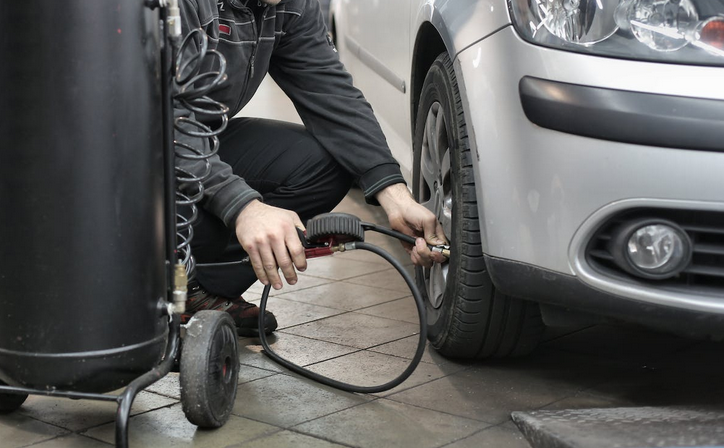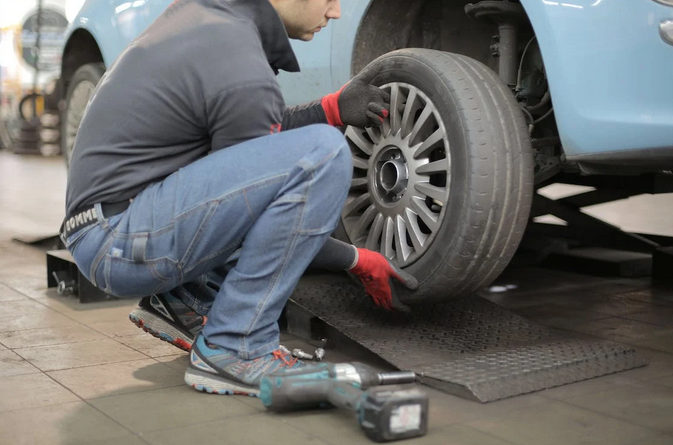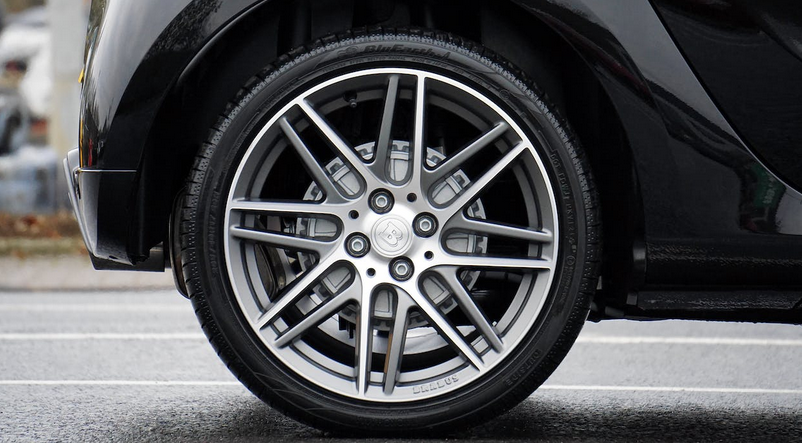Do you consider yourself a responsible driver? If so, taking care of your car’s tires should be at the top of your priority list. After all, they are the only point of contact between your vehicle and the road. Whether you’re a seasoned driver, a new driver, or even using a rental car service such as Houston car service, this blog post is here to help you master the art of car tire maintenance.
Here are some essential tips that every driver should know to ensure their tires stay in tip-top shape for longer:
Regularly Check Tire Pressure

Keeping your tires properly inflated is crucial. Underinflated tires can reduce fuel efficiency, decrease handling and braking performance, and increase blowout risk. Overinflated tires, on the other hand, may cause a harsh ride and uneven tread wear. Use a tire pressure gauge to check the pressure at least once a month and adjust it according to the manufacturer’s recommended levels.
Inspect Tread Depth
Adequate tread depth is essential for maintaining traction and preventing hydroplaning. Use a tread depth gauge or the “penny test” to check if it’s time to replace your tires. Insert a penny into the tread groove with Lincoln’s head upside down. If you can see the top of Lincoln’s head, the tread is too worn, and it’s time for new tires.
Monitor Wheel Alignment
Misaligned wheels can cause uneven tire wear, poor handling, and decreased fuel efficiency. If you notice your vehicle pulling to one side or experiencing steering wheel vibrations, your wheels are likely out of alignment. Have a professional mechanic check and adjust the alignment if necessary.
Maintain Proper Wheel Balancing
Wheel balancing involves evenly distributing the weight of the tire and wheel assembly. Unbalanced wheels can cause vibrations at higher speeds, leading to an uncomfortable ride and accelerated tire wear. Regularly have your wheels balanced, especially when installing new tires or if you feel vibrations while driving.
Rotate Tires Regularly

Tire rotation helps ensure even wear across all tires and extends their lifespan. It’s recommended to rotate your tires every 5,000 to 7,500 miles or as recommended by your vehicle’s manufacturer. This process involves switching the front and rear tires and moving them from side to side.
Be Mindful of Load Capacity
Every tire has a specific load capacity indicated by the manufacturer. Avoid overloading your vehicle beyond these limits, as it can lead to tire failure and unsafe driving conditions. Check your vehicle’s manual or the sidewall of the tires for load capacity information.
Remember, proper tire maintenance goes hand in hand with safe driving practices. Always drive cautiously, avoid sudden maneuvers, and maintain appropriate speeds to minimize tire stress and ensure your safety on the road.
